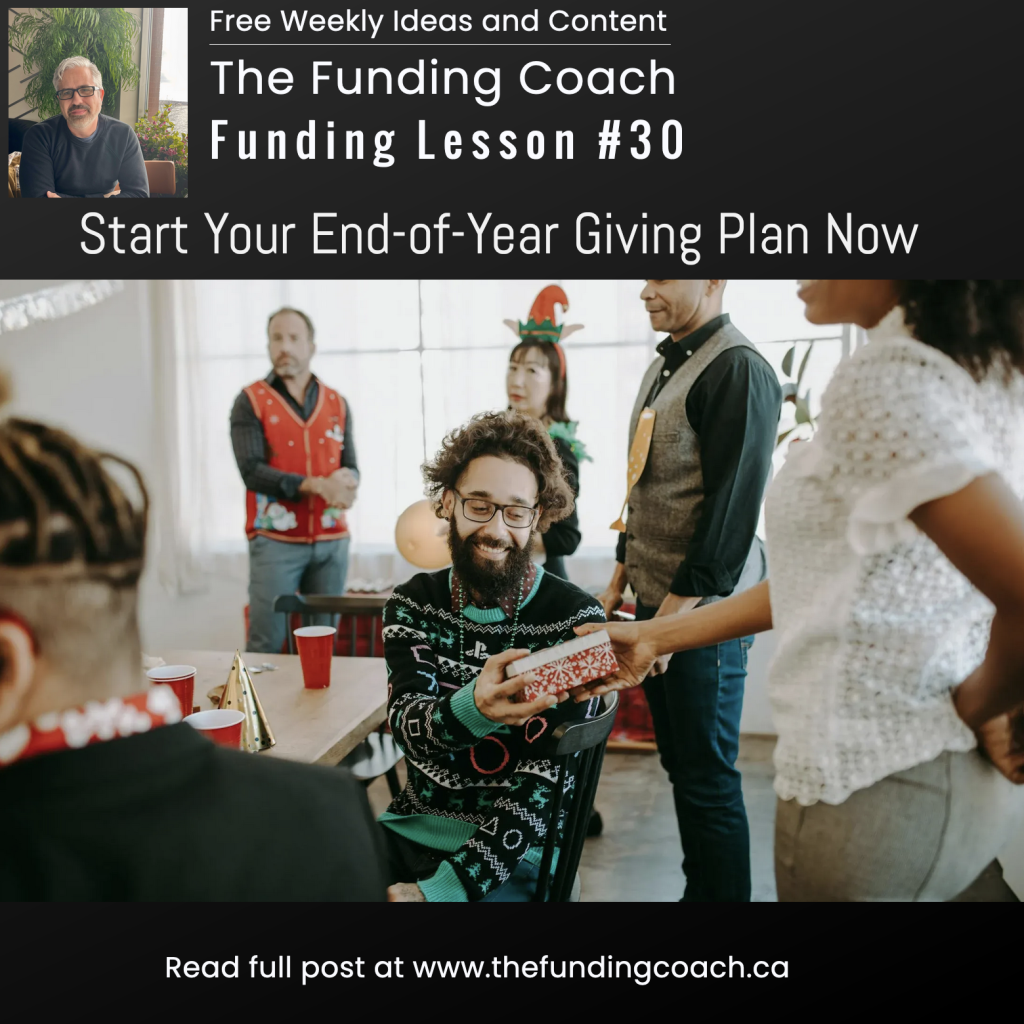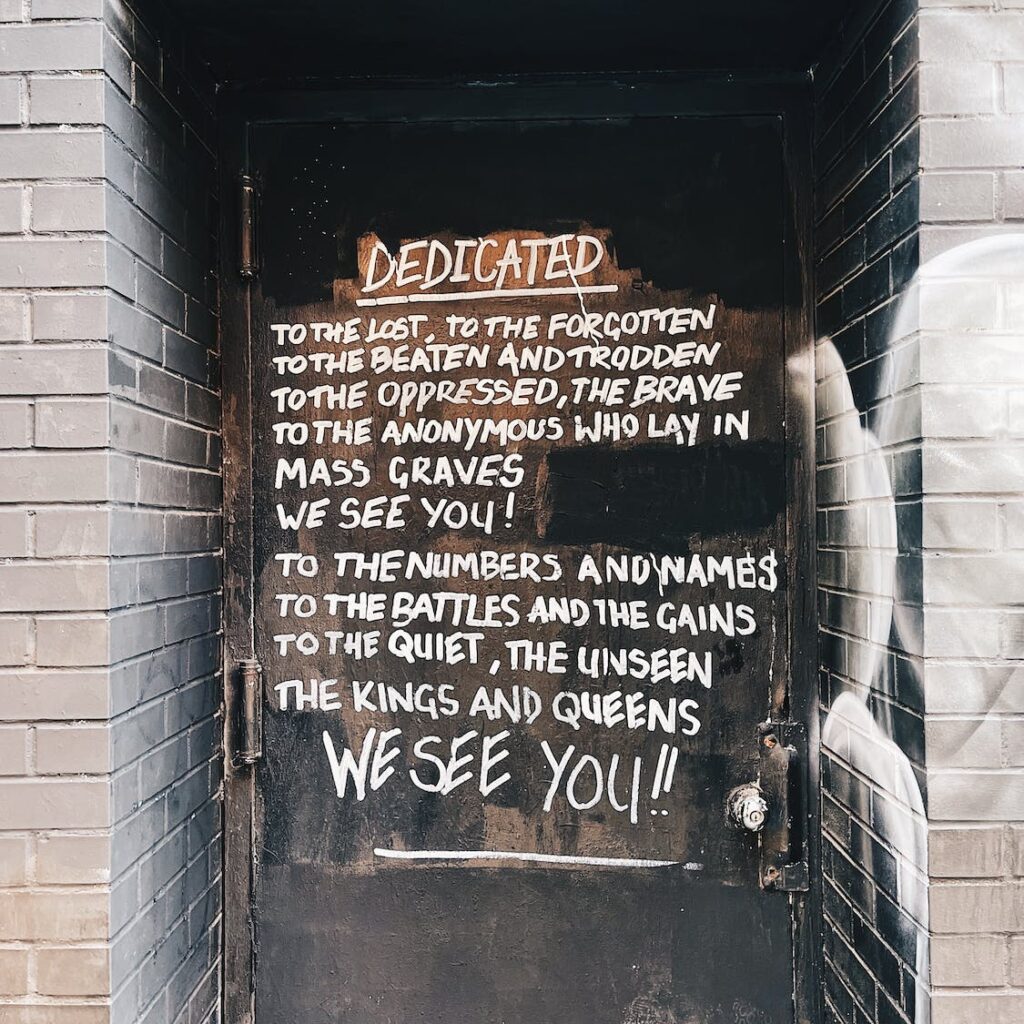Funding Lesson #31 – Build Long Term Funding
Running a nonprofit is no small feat—it takes resources, dedicated staff, and unwavering commitment to serve our communities. But here’s the challenge: most funding opportunities focus on short-term projects, leaving core operating costs in the shadows.

To truly thrive, nonprofits need to prioritize long-term funding strategies. Here are a few ideas to help you secure that vital support:
Pursue Multiyear Funding Grants: Yes, they require more effort, but the payoff is immense. Having a reliable funding source for several years allows you to build sustainable programs and retain your talented staff.
Create Long-Term Giving Options: Whether on your donation platform or at events, offer donors the chance to commit to long-term support. It fosters deeper relationships and ensures your mission continues to flourish.
Educate Your Donors: Make it a core part of your strategy to inform donors and the public about your organization’s biggest needs. Transparent communication about the importance of core funding can turn one-time givers into long-term supporters.
By focusing on these long-term funding strategies, you can alleviate the stress of constant fundraising, allowing you to concentrate on what truly matters—creating lasting impact in your community.
Remember, a reliable income stream not only helps you plan for the future but also empowers you to fulfill your mission without constant worry. Let’s work together to make sustainable funding a reality! For more visit www.thefundingcoach.ca






